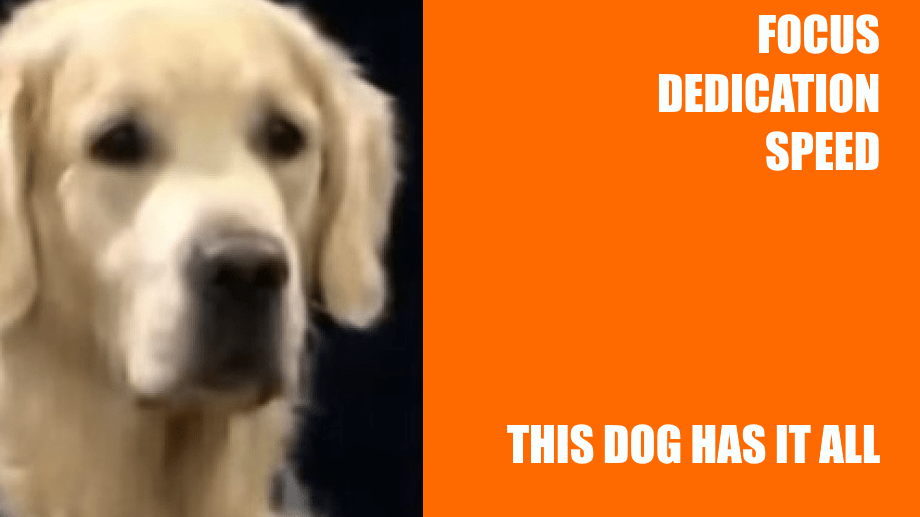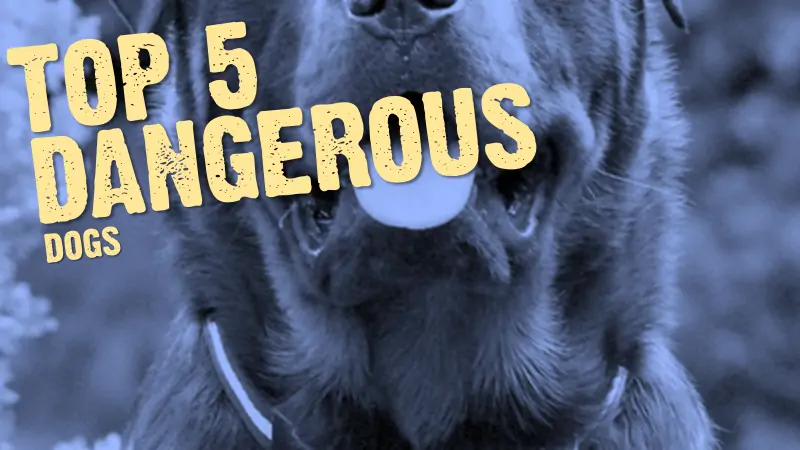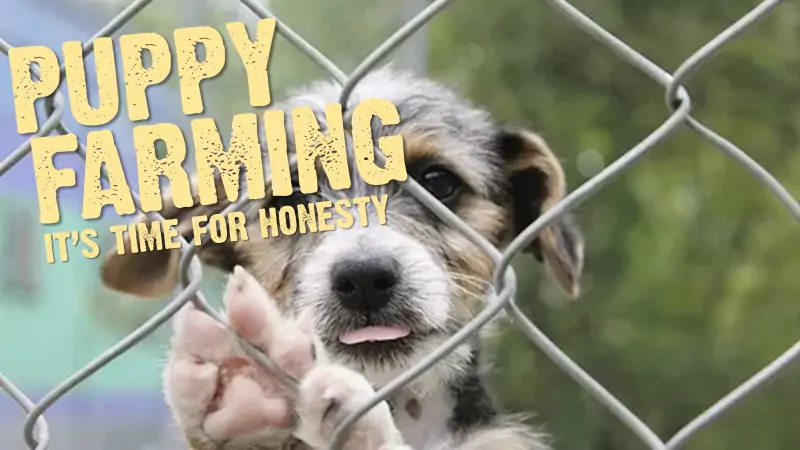“Where have you been all night?”
Enquires Mrs Fido when her husband comes home late one night.
“I’ve been in the alley all night playing with the bins.” He replies taken aback.
“Don’t give me that,” she snaps. “You’ve been sniffing around that poodle again haven’t you?”
“No, I swear I was just with my mates.” Mr Fido replies uncomfortably shifting his weight from one paw to the other.
“My mother warned me about you.” She moans, pressing a paw to her forehead. “Look at you! You’ve got lipstick on your collar!”
“That’s it.” Mr Fido growls as he marches towards the kennel door, barging it open with his nose. “I’ve had enough of your fishwifery, I’m leaving you!”
*SLAM!*
…Okay, it’s an unlikely scenario but divorce and its effect on dogs is a very serious matter and one that more Britons are having to face up to every day By Dan Laurikietis.

Those of us whose parents separated when we were young know how it feels to be caught in the middle of a divorce. Disorientated, frightened, insecure and torn between the two people who have shaped you in your formative years and been a part of every major event in your life.
This is a predicament shared by children and dogs alike. A divorce can take its toll on our furry friends every bit as much as on a child.
Since every dog is unique different dogs will react in different ways but the dog’s reaction can depend on their age and amount of training as well as breed, history and other aspects.
In this country divorce statistics are showing an alarming increase.
A government survey showed that in 2001 a staggering 143,818 divorces were granted in England and Wales and the 4.8 million dog owning households in the country are no exception. It is a sad fact that all over the world couples are separating leaving their pets caught in the middle.
Even in the news and gossip columns we see examples of this, notably Les Dennis and Amanda Holden were engaged in a custody battle over their pet dogs, despite their amicable divorce.
Dogs whose owners get divorced often end up at best disorientated and lonely or at worst homeless. Indeed, an increasingly large amount of dogs given in to pet shelters are handed in on the grounds of divorce.
Dogs are very dependent creatures and being man’s best friend their emotional investment in us is as prominent as their need for the food and shelter that we provide them. Legal procedure for pet custody is very different to child custody. Ownership of the pet will go to the partner proven as the legal owner regardless of who will be able to give the dog a better home.
In legal term the dogs are essentially a material posession, nothing more, nothing less. As is sadly the case in most legal matters monetary value outweighs that of sentiment. Higher wage earners will invariably have to invest more time and attention on their job than their dog.
We should never underestimate the sensitivity of our four legged companions. The dog will be able to sense the emotional tension leading up to and during divorce, which in turn can lead to the dog/s feeling uncomfortable which in turn can manifest itself in behavioural changes.
In cases involving two or more dogs, if the dogs are separated they will miss each other as well as their estranged masters. A seemingly minor change to a human’s lifestyle could affect the dog on a far larger scale. For example a house wife or husband is obliged to find a job following divorce, the lack of company and attention now availed to the pet can be deeply depressing. Changes in location are also very important.
Dogs being very territorial creatures will respond with bewilderment and frustration following a drastic change in scenery. Couple this with Rover’s primal need to mark this strange new territory as his own and you mustn’t be surprised to tread in a puddle every now and then.
The environment the dog is moved to must also be considered, much like when you first considered bringing it into your home. Moving from a semi detached house to a high rise flat will result in far less space for the dog to explore and no back yard to be exercised in (unless the dog is so small it can run around a window box).
We humans can make this difficult transitional period infinitely easier for our wet nosed friends simply by considering how their needs will be catered for following the separation. Making the minimum possible amount of changes to your dog’s lifestyle can help to ensure against behavioural problems which could complicate life further for everybody. It is also important for the dog to have regular contact with both divorcees much like children. Fido has feelings too you know!
Enter your email and never miss out on receiving our best articles:









